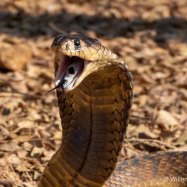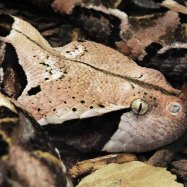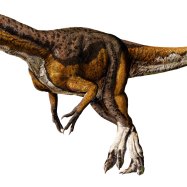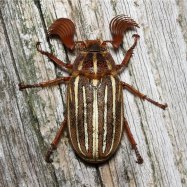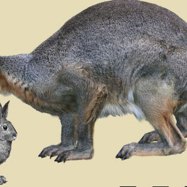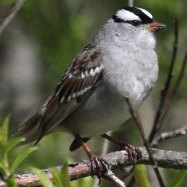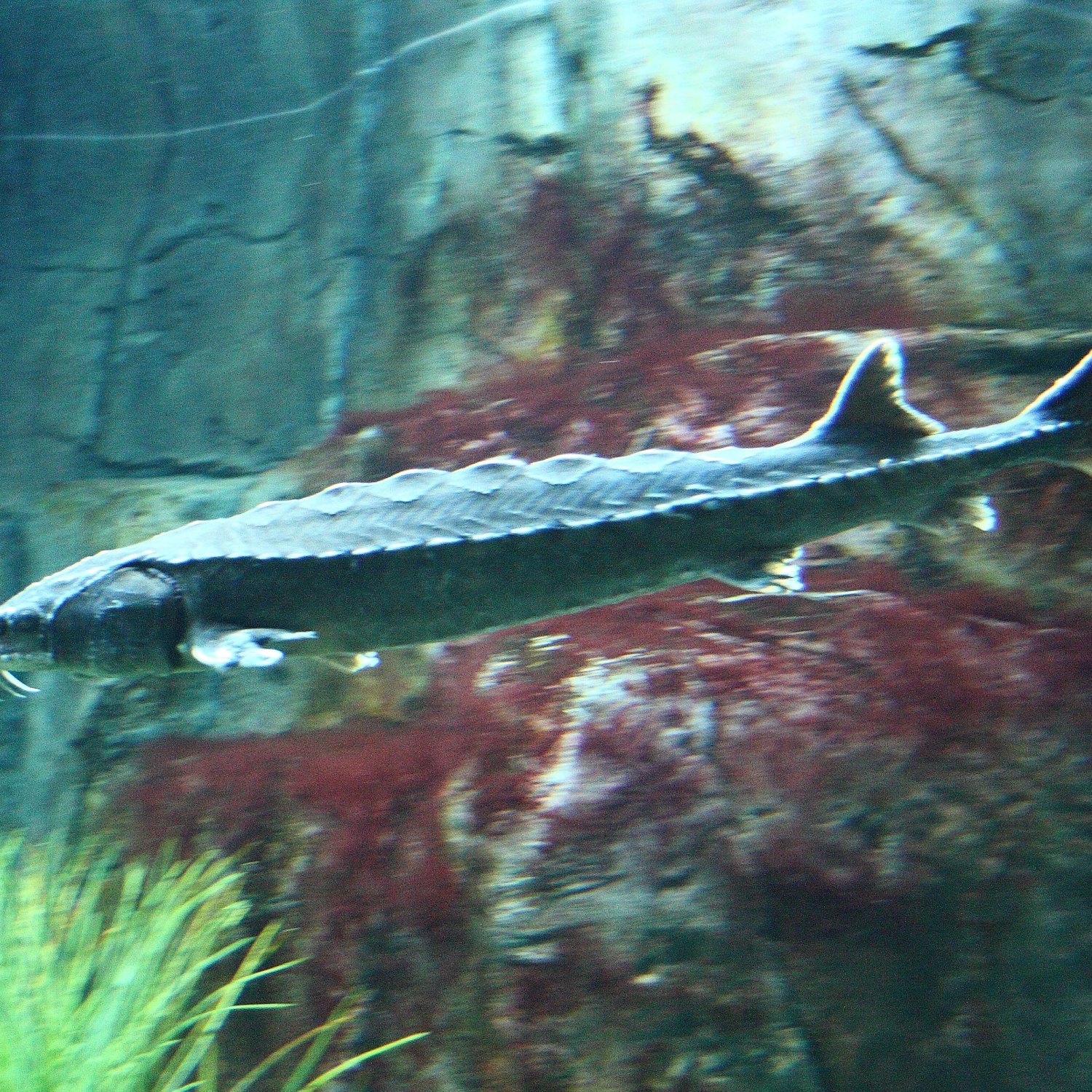
Atlantic Sturgeon
Up to 14 feet (4.3 meters)
The Atlantic sturgeon, also known as the king of fish, can grow up to 14 feet long and can be found in the Atlantic Ocean and associated rivers. Its long and cylindrical body makes it a powerful swimmer. As a member of the Acipenseridae family, this ancient species plays a vital role in the ecosystem. #AtlanticSturgeon #AncientFish #OceanLife #Biodiversity
Animal Details Summary:
Common Name: Atlantic Sturgeon
Kingdom: Animalia
Habitat: Freshwater, estuaries, and coastal waters
The Mighty Atlantic Sturgeon: A Fascinating Creature of the Atlantic Coast
The Atlantic sturgeon, with its scientific name Acipenser oxyrinchus, is a legendary species that has been part of North America's landscape for centuries. This remarkable creature, also known as the Atlantic sturgeon, is a living fossil with origins dating back over 120 million years. This ancient species has captured the imagination of scientists and the general public alike, and it's easy to see why.The Atlantic sturgeon belongs to the Animalia kingdom, the Phylum Chordata, and the Class Actinopterygii Atlantic Sturgeon. It is part of the Acipenseriformes order, which includes other sturgeon and paddlefish species. Within this order, it belongs to the family Acipenseridae, which is exclusive to sturgeons. These ancient fish have a unique and intriguing history, and their existence continues to fascinate researchers and marine enthusiasts.
Appearance and Habitat
The Atlantic sturgeon is a remarkable creature with a long and cylindrical body shape, which can reach lengths of up to 14 feet (4.3 meters). However, it is not uncommon to find individuals that are even longer, with some reports claiming they can grow up to 18 feet (5.5 meters). This massive size makes them one of the largest fish species in North America.Their body is covered with bony plates, known as scutes, which act as a type of armor and provide protection from predators American Bulldog. These plates give the fish a scaly appearance, and they can range in color from dark brown to olive green on the back, with a paler yellowish-white color on the belly. These features make the Atlantic sturgeon easily recognizable in the wild.
Habitat-wise, Atlantic sturgeons are found in a variety of environments, including freshwater, estuaries, and coastal waters. They are widely distributed along the Atlantic coast of North America, from Canada to Florida, and are also found in the Atlantic Ocean and associated rivers. They are known to be migratory fish, traveling long distances to find suitable breeding grounds.
Feeding Habits
As carnivorous creatures, the Atlantic sturgeon has a diet that consists mainly of small fish, crustaceans, and mollusks. They use their long, tube-like mouths to suck up food from the bottom of the water. They are bottom-feeders, meaning they forage on the river or ocean floor, using their sensitive barbels to locate prey.One of the most impressive features of the Atlantic sturgeon is their ability to jump out of the water, a behavior known as "breaching." They do this to catch flying insects or to communicate with other sturgeon, as they possess a highly developed sense of hearing.
The Fascinating History of Atlantic Sturgeons
As mentioned earlier, Atlantic sturgeons are living fossils with a history that goes back over 120 million years. These creatures have been around since the time of the dinosaurs and have survived numerous mass extinction events. They have lived through the Ice Age and have adapted to changing environmental conditions over the centuries.One of the most interesting aspects of their history is their connection to humans. Native American tribes, such as the Lenape and Algonquian, revered sturgeons, viewing them as essential sources of food and medicine. Early European settlers also heavily relied on sturgeon as a food source, leading to overfishing and a significant decline in population numbers.
The Atlantic sturgeon has also played a significant role in the cultural and economic development of North America. They were once abundant in rivers and coastal waters, and their caviar became a highly sought-after delicacy, leading to severe declines in their population. In the 19th and 20th centuries, they were heavily harvested to the brink of extinction, resulting in the implementation of strict conservation measures.
Their contribution to human society extends beyond just being a food source. The gut of sturgeons was once used to make high-quality violin strings, and their bladders were also used to clarify wine. But now, these practices have been banned, and strict regulations are in place to protect these majestic creatures.
Threats and Conservation Efforts
Despite their long history and significance, Atlantic sturgeons are currently facing numerous threats that have led to a decline in their population numbers. The biggest threat to their survival is overfishing, which has been going on for centuries. Poaching and illegal harvesting of their eggs for caviar remain an issue, despite strict regulations. This, coupled with the destruction of their habitat due to dams and pollution, has caused a severe decline in their numbers.In response to these threats, several conservation efforts have been put in place to protect the Atlantic sturgeon. In the United States, the species is listed as Endangered under the Endangered Species Act, and in Canada, it is listed as Special Concern under the Species at Risk Act. These regulations have led to a ban on commercial fishing, and strict limits on recreational and subsistence fishing have also been implemented.
Habitat restoration efforts, such as dam removal and water quality improvement, have been underway to ensure the sturgeon's natural environment is suitable for their survival. This includes the use of innovative techniques such as fish ladders, which help sturgeon navigate around dams and other barriers in rivers and streams.
In Conclusion
The Atlantic sturgeon is a fascinating creature that has captured the hearts and minds of many. Its ancient history, impressive size, and crucial role in the ecosystem continue to intrigue researchers and the general public. While they face numerous threats, conservation efforts are ongoing to protect these iconic fish and ensure their survival for generations to come.As we continue to learn more about this incredible species, it is crucial to remember the importance of conservation and protecting the environment. Each individual's contribution, no matter how small, can make a significant difference in the survival of the Atlantic sturgeon and other endangered species. Let's strive to coexist with these remarkable creatures and preserve their place in the natural world.

Atlantic Sturgeon
Animal Details Atlantic Sturgeon - Scientific Name: Acipenser oxyrinchus
- Category: Animals A
- Scientific Name: Acipenser oxyrinchus
- Common Name: Atlantic Sturgeon
- Kingdom: Animalia
- Phylum: Chordata
- Class: Actinopterygii
- Order: Acipenseriformes
- Family: Acipenseridae
- Habitat: Freshwater, estuaries, and coastal waters
- Feeding Method: Carnivorous
- Geographical Distribution: Atlantic coast of North America
- Country of Origin: United States and Canada
- Location: Atlantic Ocean and associated rivers
- Animal Coloration: Dark brown to olive green on the back, pale yellowish-white on the belly
- Body Shape: Long and cylindrical
- Length: Up to 14 feet (4.3 meters)
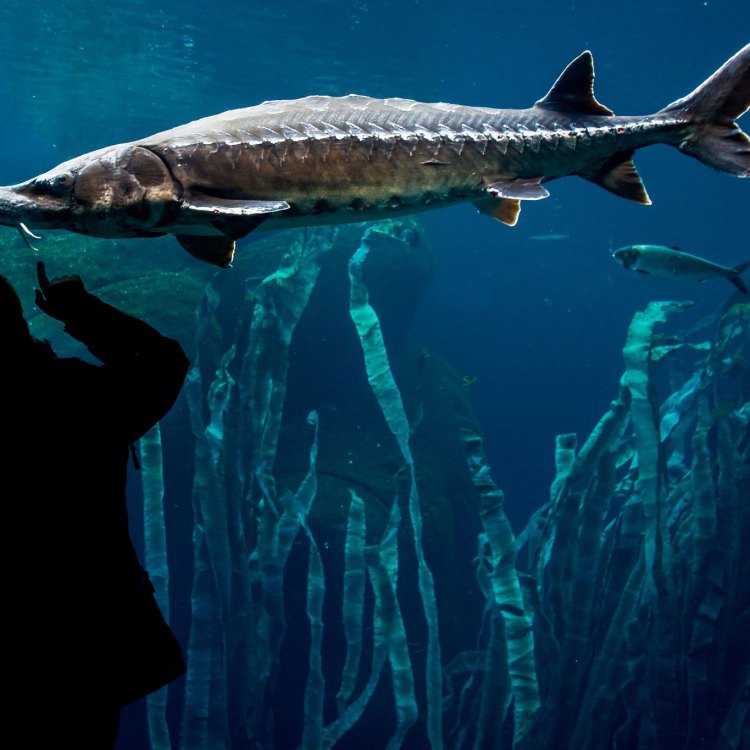
Atlantic Sturgeon
- Adult Size: Up to 14 feet (4.3 meters)
- Average Lifespan: Up to 60 years
- Reproduction: Sexual
- Reproductive Behavior: Anadromous
- Sound or Call: None
- Migration Pattern: Migratory
- Social Groups: Solitary
- Behavior: Bottom-dwelling and migratory
- Threats: Overfishing, habitat loss, dam construction, pollution
- Conservation Status: Endangered
- Impact on Ecosystem: Important role as a keystone species
- Human Use: Commercial fishing, caviar production, sport fishing
- Distinctive Features: Bony plates on the back, long snout with barbels, large size
- Interesting Facts: The Atlantic Sturgeon is one of the oldest fish species, with ancestors dating back over 120 million years. It is also known for its long migrations and the ability to leap out of the water.
- Predator: Humans, sharks
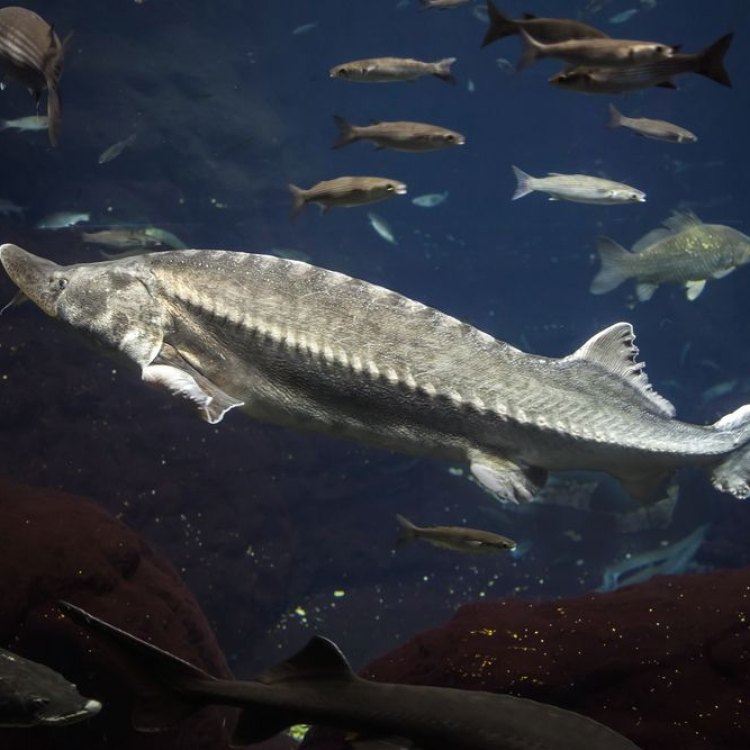
Acipenser oxyrinchus
The Mighty Atlantic Sturgeon: A Keystone Species in Danger
The Atlantic Sturgeon is a formidable creature that roams the coastal waters of the Atlantic Ocean. It can grow up to an impressive 14 feet (4.3 meters) in length and live for up to 60 years. This elusive fish is renowned for its unique features and its vital role as a keystone species in the ecosystem PeaceOfAnimals.Com. However, its population is rapidly declining, and it is now listed as an endangered species. In this article, we will explore the fascinating characteristics of the Atlantic Sturgeon and the threats it is facing.Anadromous Reproductive Behavior and Migratory Patterns
One of the most distinctive traits of the Atlantic Sturgeon is its reproductive behavior, which is sexual and anadromous. Unlike most fish species, the Atlantic Sturgeon can only reproduce in freshwater. However, it spends most of its life in saltwater, making long migrations to reach its spawning grounds. This behavior is known as anadromy and is crucial for the survival of the species.The Atlantic Sturgeon's migratory pattern is also notable, as it can travel thousands of miles in search of suitable breeding sites. It is highly adaptable, able to thrive in both freshwater and saltwater habitats. This behavior not only allows for successful reproduction but also has an important impact on the ecosystem as a whole Antiguan Racer Snake.
Solitary and Bottom-Dwelling Behavior
The Atlantic Sturgeon is a solitary creature, with little to no interaction with other individuals of the same species. It is also bottom-dwelling, spending most of its time on the ocean floor, searching for food. This behavior is crucial for the sturgeon's survival, as its large size and slow movement make it an easy target for predators.Despite its solitary nature, the Atlantic Sturgeon's migratory behavior brings them together in massive numbers during their annual breeding season. This event, known as a "sturgeon run," is a spectacle to witness as hundreds, if not thousands, of sturgeon gather in one location. However, these gatherings also make them vulnerable to human activities and environmental threats.
Distinctive Features and Interesting Facts
The Atlantic Sturgeon is one of the oldest living fish species, with ancestors dating back over 120 million years. It is a living relic that has survived countless environmental changes and mass extinctions. This impressive fish has bony plates that line its back, giving it a prehistoric appearance. It also has a long snout with barbels, which it uses to detect food along the ocean floor.One of the most intriguing features of the Atlantic Sturgeon is its ability to leap out of the water. This behavior, known as porpoising, is believed to be a form of communication or a way to dislodge parasites. It is a rare sight to witness but is often a form of entertainment for fishermen and onlookers.
Threats and Conservation Status
Unfortunately, the Atlantic Sturgeon is facing severe threats that have caused a significant decline in its population, leading to its endangered status. Overfishing for its meat and caviar, dam construction that disrupts spawning grounds, and pollution in their habitats are the main factors contributing to their decline.The Atlantic Sturgeon's unique features and migratory patterns also make it vulnerable to bycatch, where they are caught unintentionally by fishing nets, and shark attacks. These threats, along with their slow reproductive rate, are pushing the species to the brink of extinction.
The Importance of keystone Species
The Atlantic Sturgeon plays a crucial role as a keystone species in the ecosystem. As a bottom-dwelling fish, it helps to control the population of other species by feeding on smaller fish and invertebrates. Its migratory behavior also helps to distribute nutrients and maintain a healthy balance in the ecosystem.Without the Atlantic Sturgeon, the delicate balance of the ecosystem will be disrupted. The decline in its population will have a domino effect on the entire food chain, causing severe consequences for other species that depend on it.
Human Use and Efforts for Conservation
Humans have long utilized the Atlantic Sturgeon for commercial fishing, caviar production, and sport fishing. However, with the decline in their population, there have been efforts to conserve and protect this species. Governments and conservation groups have implemented regulations and laws to limit fishing and protect their habitats.Various restoration and conservation efforts, such as habitat restoration and population monitoring, are also in place to help the Atlantic Sturgeon recover. These efforts are essential to preserve this ancient species and ensure its survival for future generations.
In Conclusion
The Atlantic Sturgeon is a magnificent fish that has captivated humans for centuries. Its unique features, migratory behavior, and vital role as a keystone species make it a crucial part of the ecosystem. However, it is facing severe threats that have led to its endangered status. We must take action to protect and conserve this remarkable species, not just for its own survival, but for the balance of the entire ecosystem. Let us hope that with continuous efforts, future generations will also have the chance to witness the majesty of the Atlantic Sturgeon in the wild.
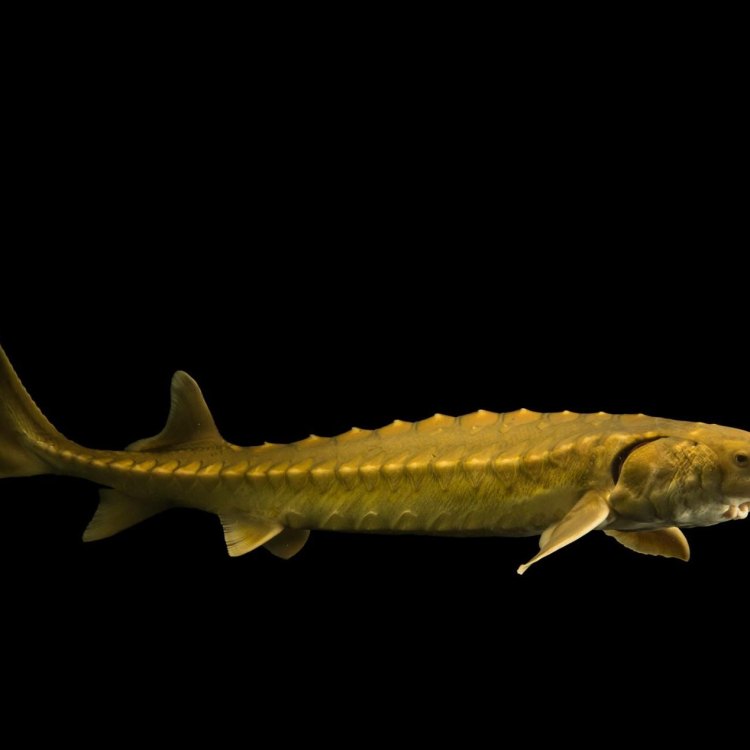
The Mighty Atlantic Sturgeon: A Fascinating Creature of the Atlantic Coast
Disclaimer: The content provided is for informational purposes only. We cannot guarantee the accuracy of the information on this page 100%. All information provided here may change without prior notice.


